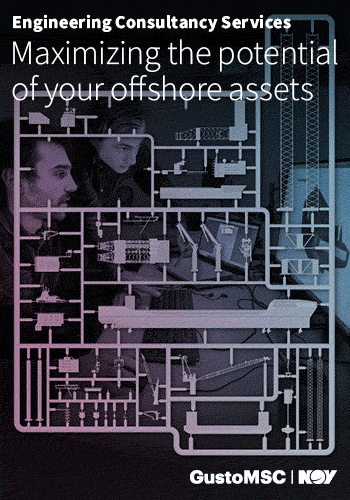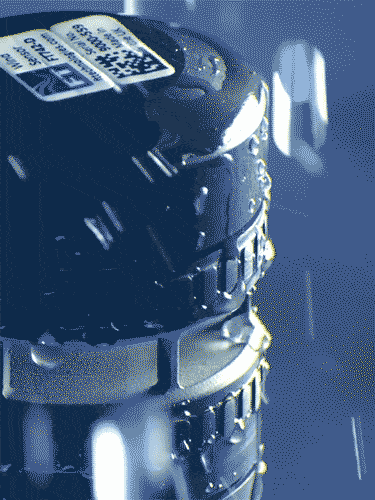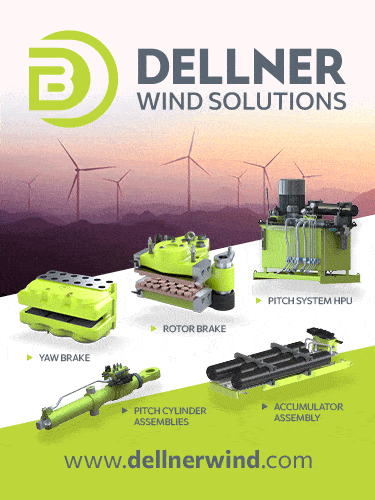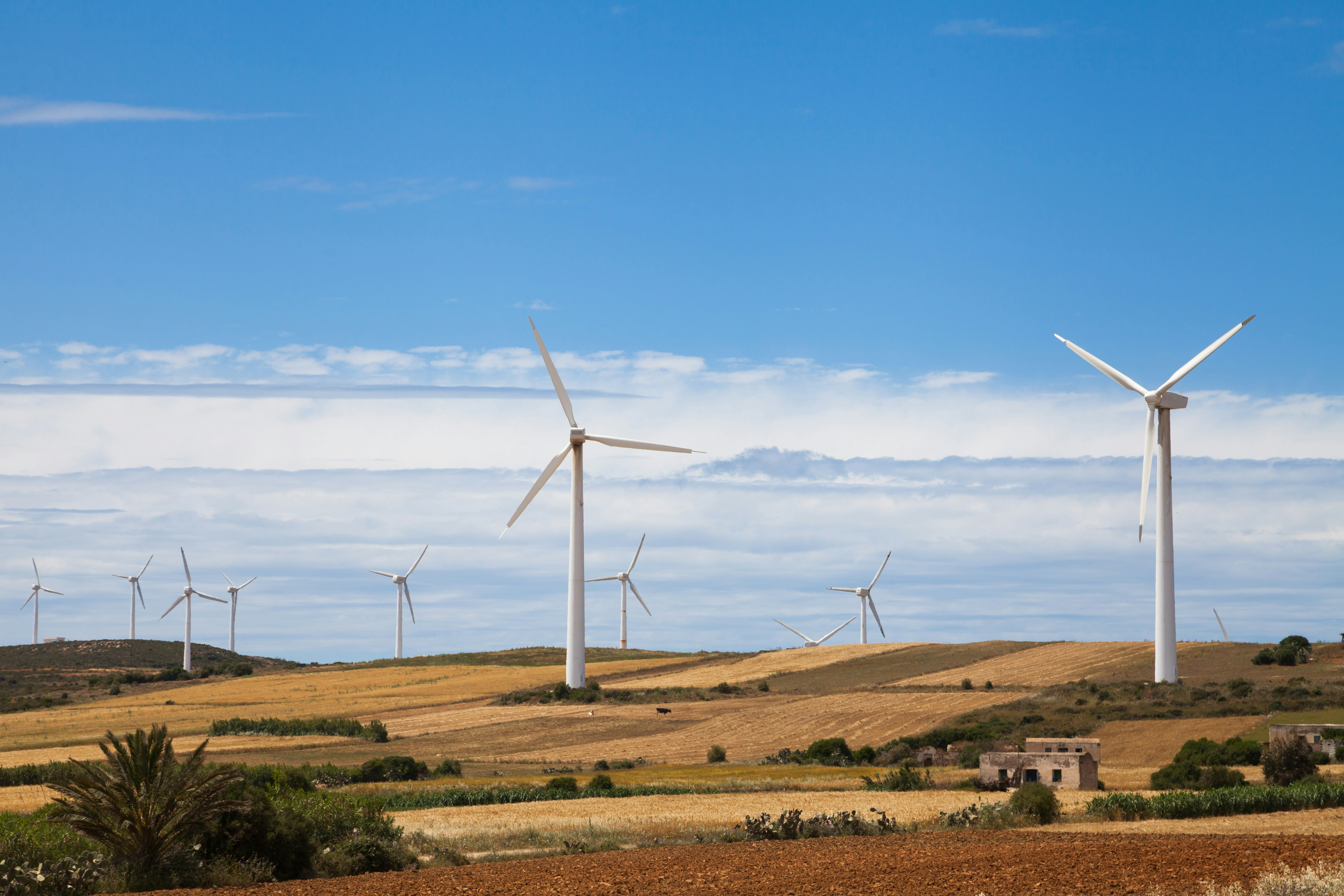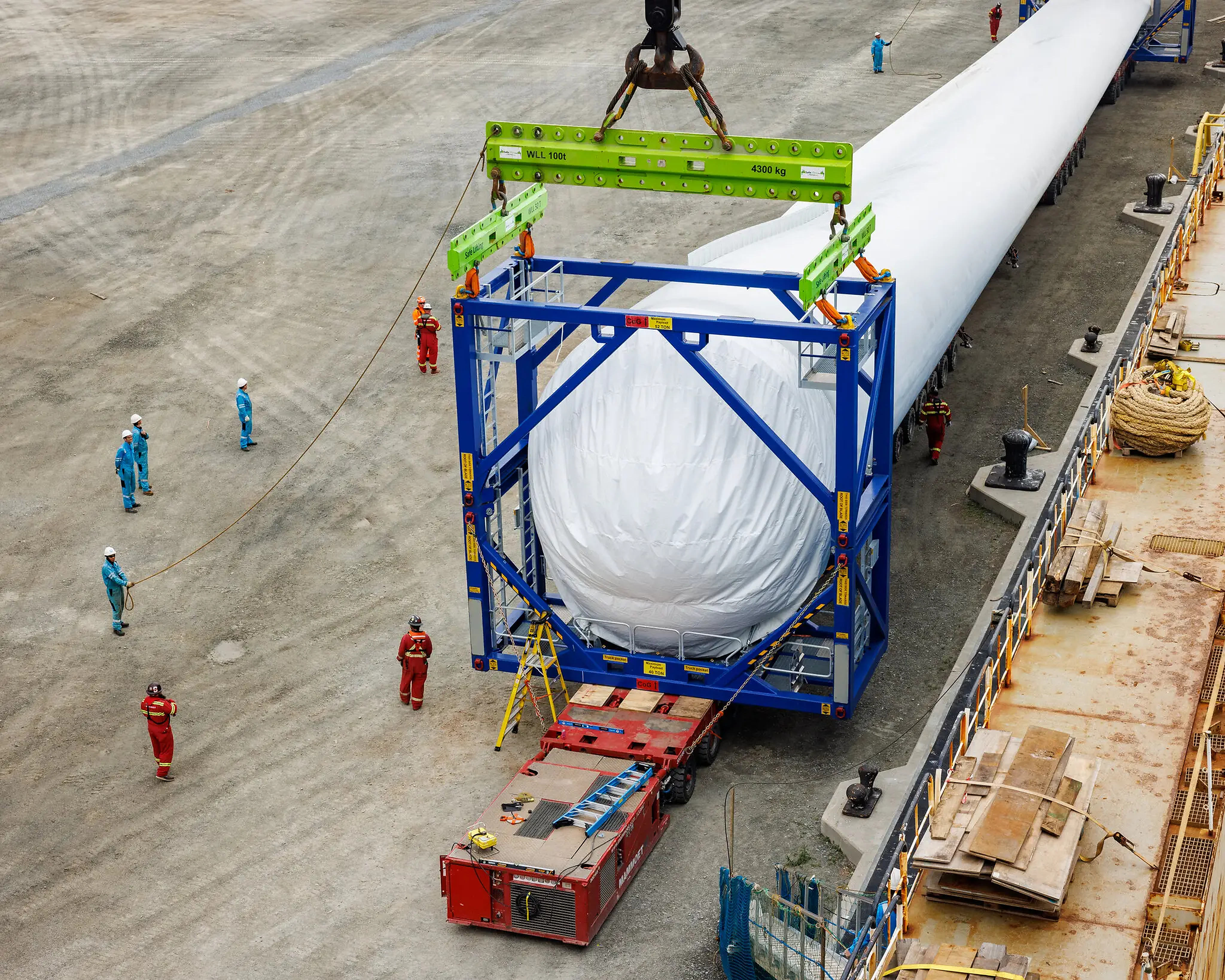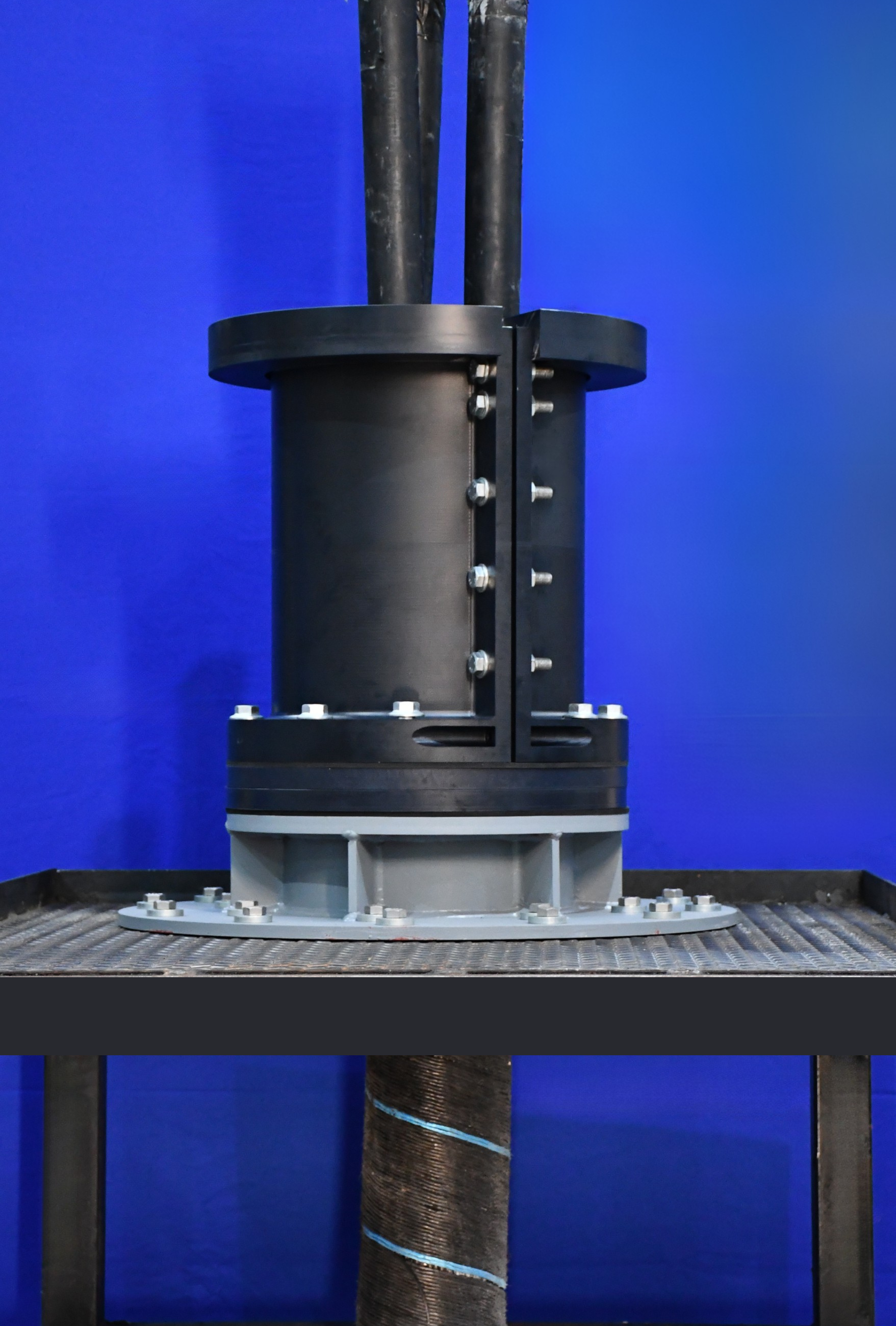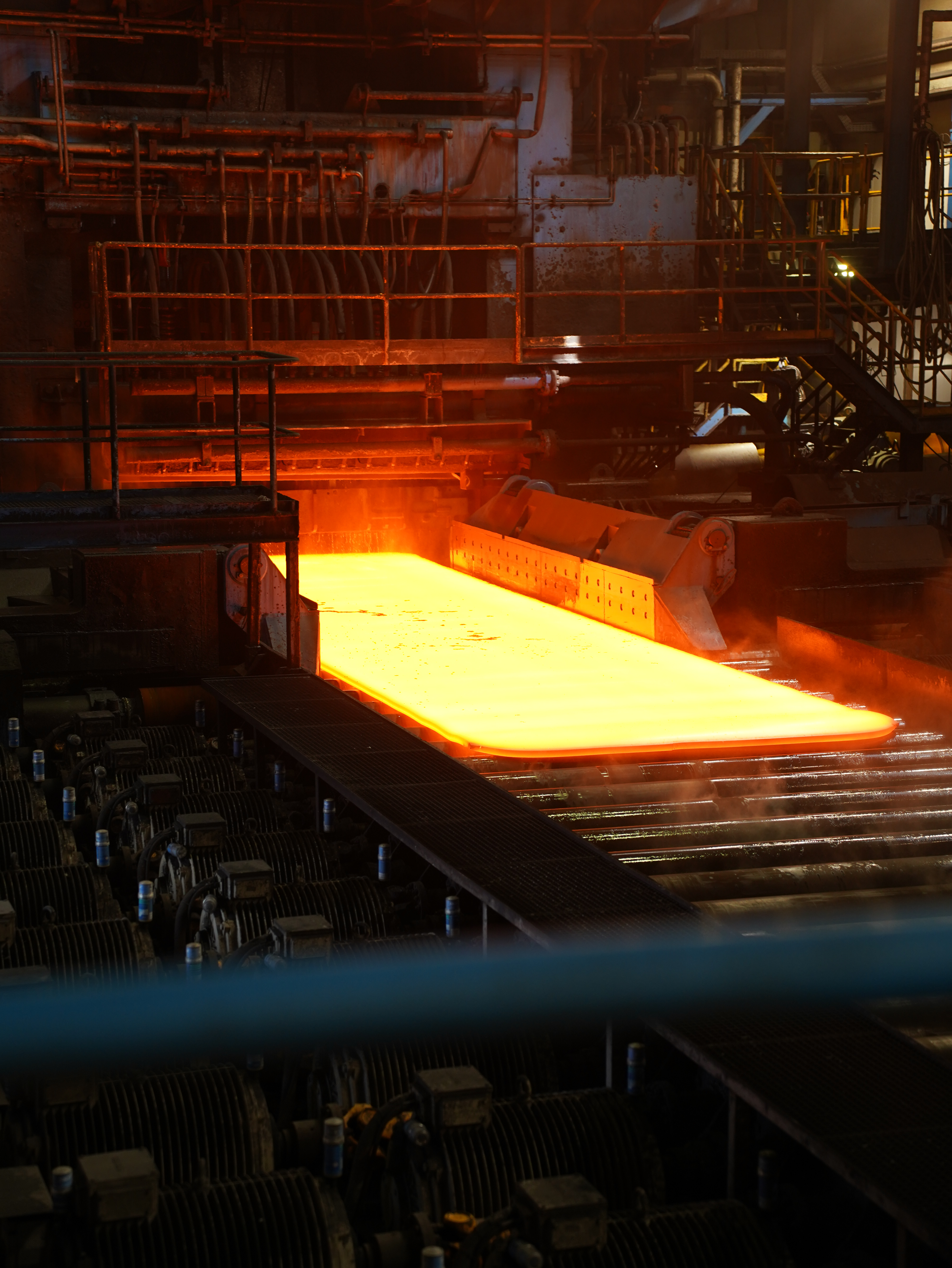Exclusive Articles
Closing the skills gap for HV electricians in offshore wind
Published in: Wind, Talking Point, Exclusive Articles
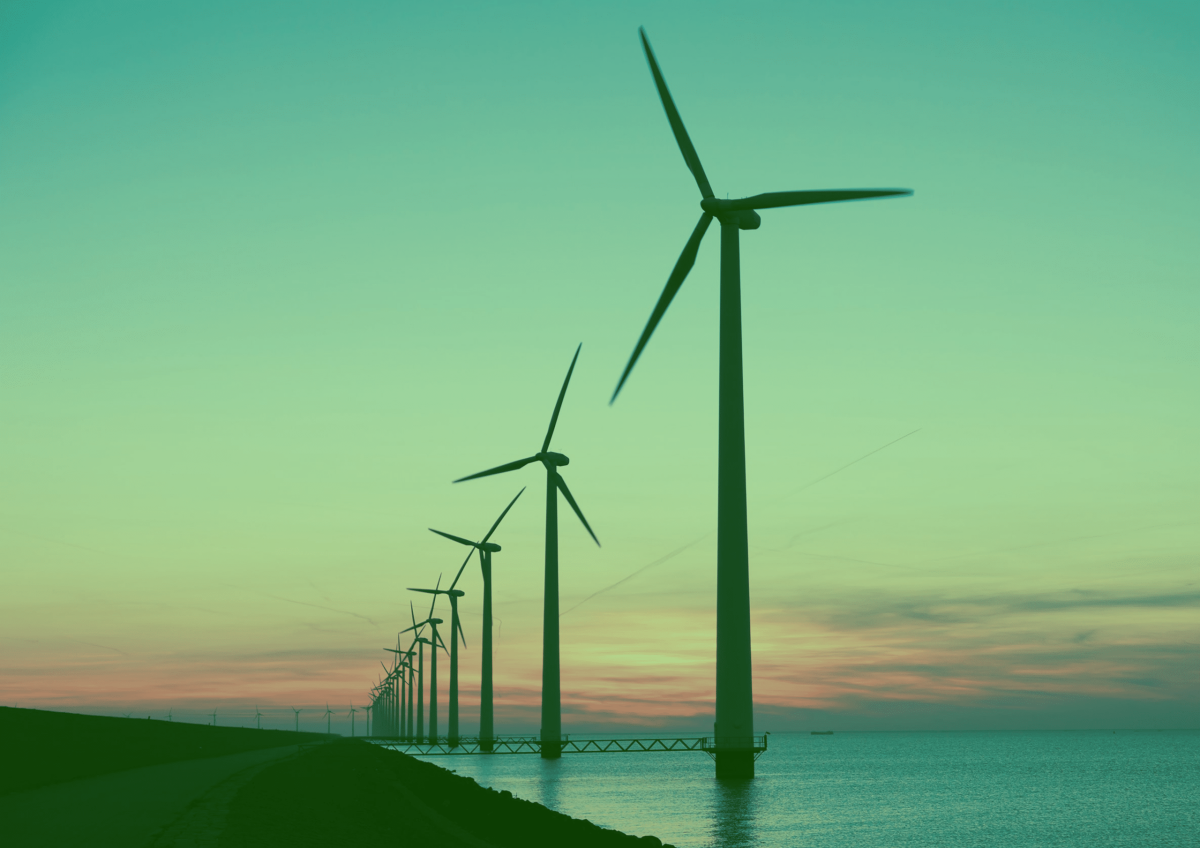
As the UK’s offshore wind industry surges ahead with ambitious targets, the sector’s most pressing challenge is not just technological, it’s human. The race to build, connect and maintain vast offshore wind farms depends on a steady pipeline of skilled professionals. Nowhere is this more evident than in the recruitment of electricians and high-voltage (HV) cable jointers: two roles that are critical to the sector’s success, yet increasingly difficult to fill.
Recruitment in offshore wind is no longer a simple matter of matching CVs to vacancies. It’s about guiding candidates through a labyrinth of training requirements, supporting them as they navigate certification hurdles and ensuring they’re truly ‘offshore ready.’ For recruiters, employers and candidates alike, understanding this journey and the barriers along the way has never been more important.
The UK is a global leader in offshore wind, with more than 14 GW of installed capacity and a government target of 50 GW by 2030. This expansion is creating tens of thousands of new jobs, from turbine technicians to project managers. But behind the headlines lies a stark reality: the sector faces a significant skills shortage, particularly in specialist roles such as electricians and HV cable jointers.
Industry forecasts suggest the UK will need to recruit around 70,000 new offshore wind workers by 2030. Globally, the shortage of skilled wind technicians is expected to reach 6-8% by 2028. For recruitment specialists with over 30 years of experience like Mane Energy, this means a fiercely competitive market for talent, with companies vying to attract, train and retain the best people.
To read the full content, please download the PDF below.
Download Full Article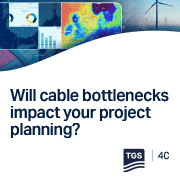
.gif)
